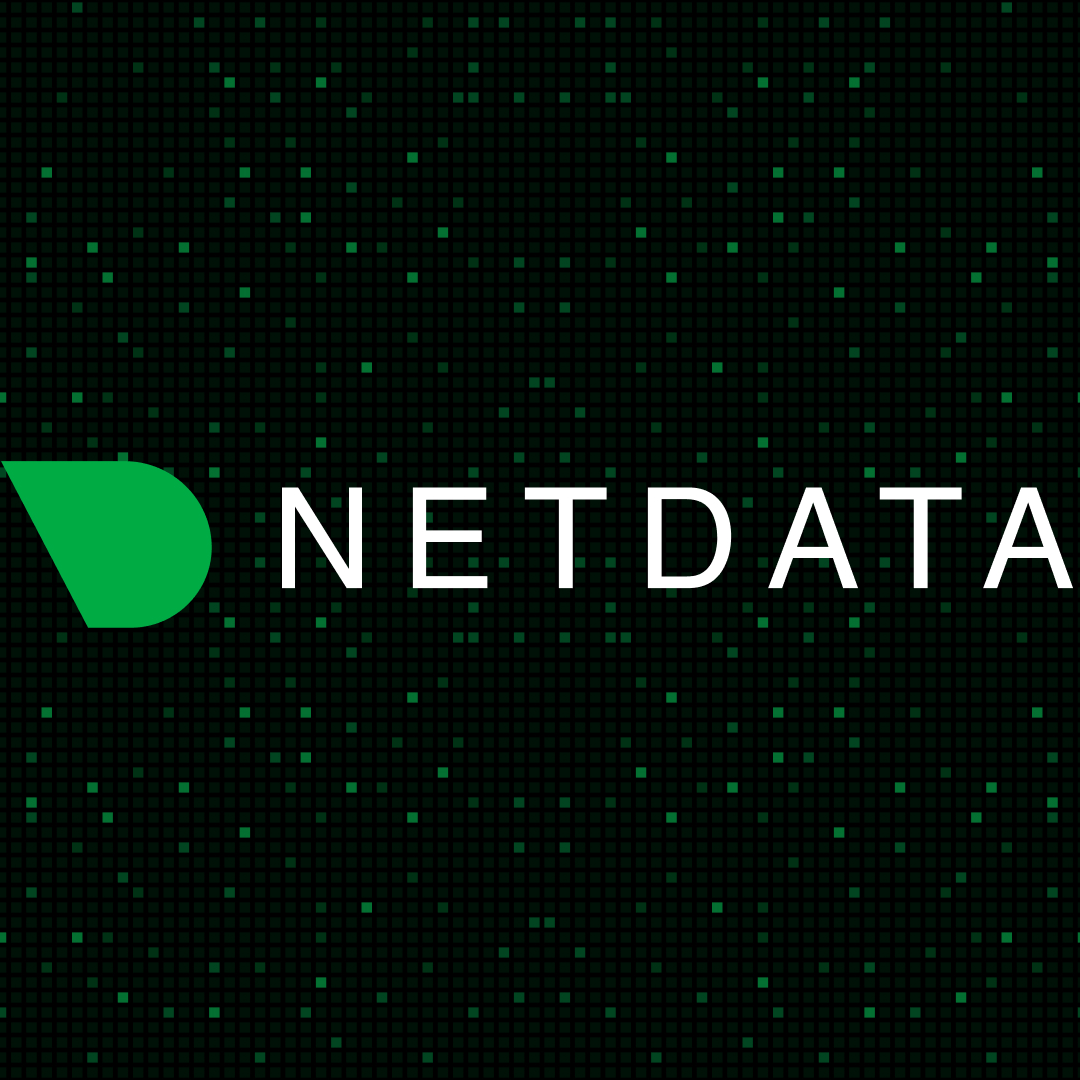Sometimes tools are too abstract. You launch a dashboard and have no idea what you’re looking at — five graphs, no labels, CPU at 13%… so what? Netdata doesn’t do that. It just puts everything on the screen — all the stats, every second, like a stethoscope for the system.
The first time it loads, it feels like the server is breathing in front of you.
What It Brings to the Table
– Shows system behavior in real time — not five minutes late
– Web UI included by default — no separate install steps
– Tracks dozens (or hundreds) of metrics out of the box
– Figures out what’s running and starts monitoring automatically
– Doesn’t take much RAM unless you crank up history
– Built-in alerting, though it might be a bit chatty at first
– Works almost anywhere — VMs, tiny servers, Raspberry Pi, etc.
– Can push metrics to a central place (called a parent node)
Install in One Line
If you’re on Linux:
bash <(curl -Ss https://my-netdata.io/kickstart.sh)
After that, point your browser to:
http://localhost:19999
No login, no setup, no YAML parsing — it just runs.
Where It’s Genuinely Useful
– Trying to figure out what caused a short CPU spike
– Looking for patterns that only show up for a second
– Watching disk usage live while running a script
– Comparing behavior between “working” and “slow” servers
– Running on test boxes or QA machines where full observability is overkill
It’s like top or htop, but with a memory.
What Works and What Needs Work
What Netdata nails:
– Ridiculously fast UI updates — like watching a heartbeat
– No need to explain anything to new users
– Detects MySQL, Nginx, PostgreSQL, and others by itself
– Runs quietly unless alerts are triggered
What’s less great:
– Doesn’t save history unless explicitly configured
– Too much data on the screen at once — easy to feel lost
– Graph names can be technical or unclear
– Custom dashboards aren’t its thing
– Needs tuning if used for long-term monitoring
Final Notes
Netdata isn’t trying to replace your Prometheus stack or a full-blown APM suite. It just shows what’s going on — right now — and it does that really, really well. You install it once and forget about it… until something feels off. Then it’s the first place to look.






